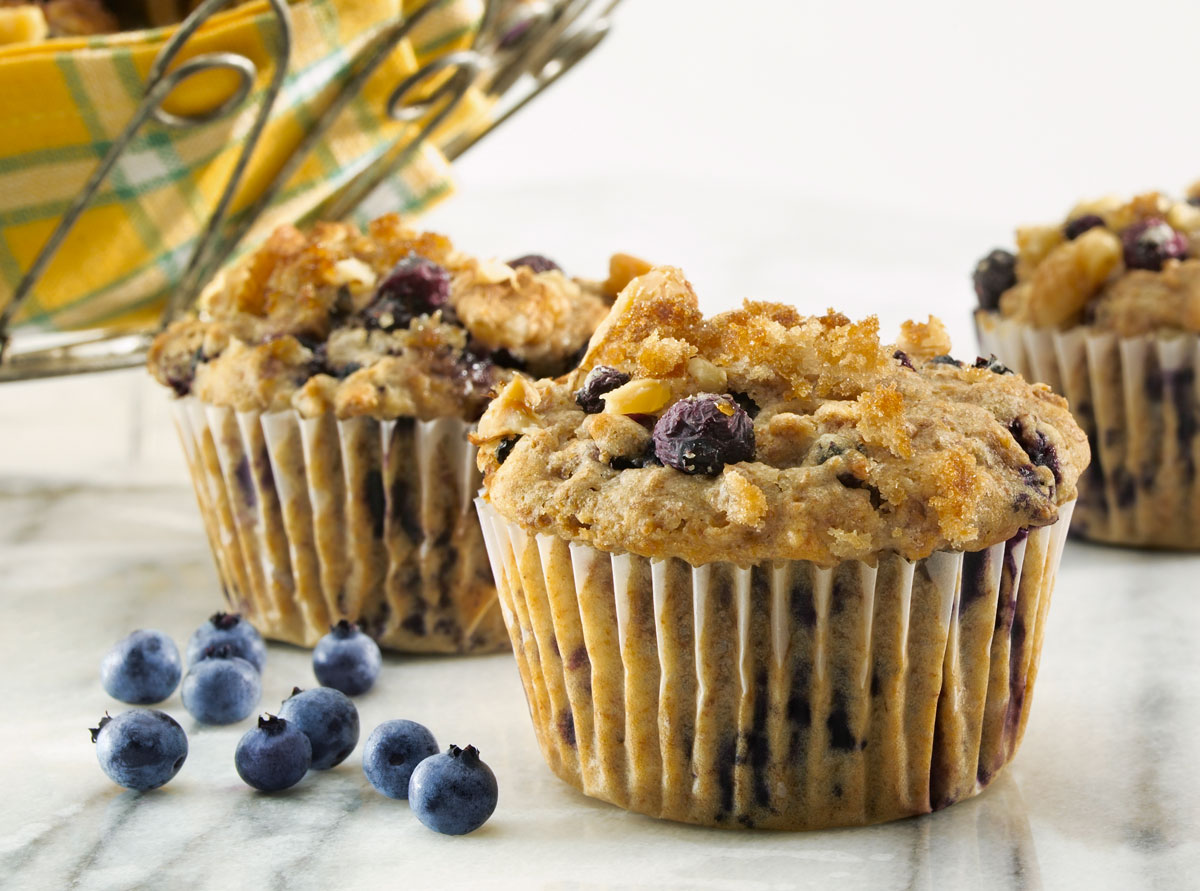Sponsored by Wild Blueberries of North America.
Wild blueberries aren’t just brightly colored, bold flavored fruit—they’re also kitchen superstars. In addition to being a sustainable ingredient that aligns with the real food movement, wild blueberries also deliver many back-of-house benefits.
Tom Gumpel, CEO and founder of Cocoa-Va Inc., a unique spice company, and president of MDJ Baking Inc., a culinary and baking consulting company, spoke with FSR about how wild blueberries set themselves apart from other ingredients when it comes to performing in the kitchen.
1. What makes the wild blueberries unique from other varieties?
In the first place, they’re not engineered. Mother Nature is their engineer. If you have a bunch of wild blueberries in your hand, each one is different. Each one is unique with its own color and flavor. Humans are not the ones in control. We’re just the overseer of a process in nature.
2. How do wild blueberries perform in recipes when compared to other fruits?
A whole handful of wild blueberries is a powerful taste element. If you put those berries into recipes, you get more diversity in the flavor profile. The fruit has a subtle flavor and can really influence a dish without overwhelming the dish with sweetness.
[float_image image=”https://www.qsrmagazine.com/wp-content/uploads/2018/09/WildBlueberriesNorthAmerica_2.jpg” width=”30″ link=”” caption=”” alt=”” align=”left” /]
3. How does the size of the berry influence its performance?
Because the lowbush wild blueberries are smaller than with highbush blueberries or other fruits, you have more berries in a pound. Because of that, you have more distribution in a formula when you are baking, which means more fruit in every bite. And because the berries are smaller, there is more flavor in each berry, which means you don’t have to use as many to get the same flavor impact.
4. Are there other elements of wild blueberries that affect their performance?
From an appearance perspective, the color of wild blueberries is pretty steadfast in the baking process. With strawberries and some other berries, you’re going to lose that color. But with wild blueberries, there’s no loss of color, and the color doesn’t leach out into the batter, which means the batter doesn’t turn into a bluish color. That makes the final product not only more appealing to guests, but the color of the berries in the batter is more visually appealing.
5. What kinds of applications can you use wild blueberries in?
It’s a very flexible ingredient. Because the berries range in flavor from sweet to sour, and the flavor isn’t so overwhelmingly sweet, you can use it in a wide variety of applications, from sweet to savory. Using it in a gastrique—cooking down the berries with a touch of sugar and then deglazing the pan with little balsamic vinegar—you can use it with heartier proteins, and with meats that are a little gamier, like venison. But I think it also goes well with more delicate proteins, like in a lobster with a blueberry and citrus aioli.
6. How do wild blueberries differ from other products in terms of the way they are distributed?
Because they are generally purchased frozen, they are cost efficient for restaurant kitchens because they reduce waste. And because they are readily available, the cost is very competitive. Many restaurants have the perception that the word “wild” equates with costly, but the harvest process and the way in which they are shipped make them a very economically efficient ingredient.
By Liz Carey













